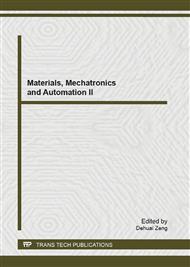p.755
p.759
p.765
p.772
p.778
p.782
p.787
p.793
p.799
Water Resource Security Strategy in Qinhuangdao City, Hebei Province
Abstract:
With the quick development of economy, increase o f population and urbanization, urban water security becomes a limited factor to fulfill the urban sustainable development. Qinhuangdao is a water shortage of resources and pollution-induced water shortage city. Under the major background of global warming, the climate of Qinhuangdao becoming warmer and drier in recent years, the precipitation has decreased correspondingly. The rivers runoff reduces obviously and the level of the groundwater drops. The quantity of usable water resource is reduced significantly. Impacted by the urbanization, social-economic development and rapid population growth, the demand of water resource increases continuously. The security situation of water resource in Qinhuangdao is becoming more severe. Through analyzing the water resource situation, existing issues and reasons in Qinhuangdao city, the author proposed regulating approaches to ensure safety of water resources.
Info:
Periodical:
Pages:
778-781
Citation:
Online since:
August 2013
Authors:
Keywords:
Price:
Сopyright:
© 2013 Trans Tech Publications Ltd. All Rights Reserved
Share:
Citation:


